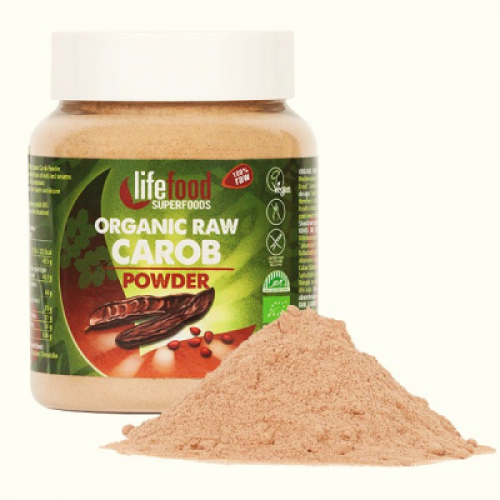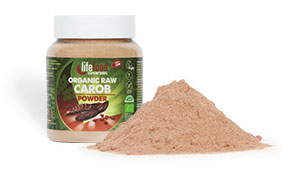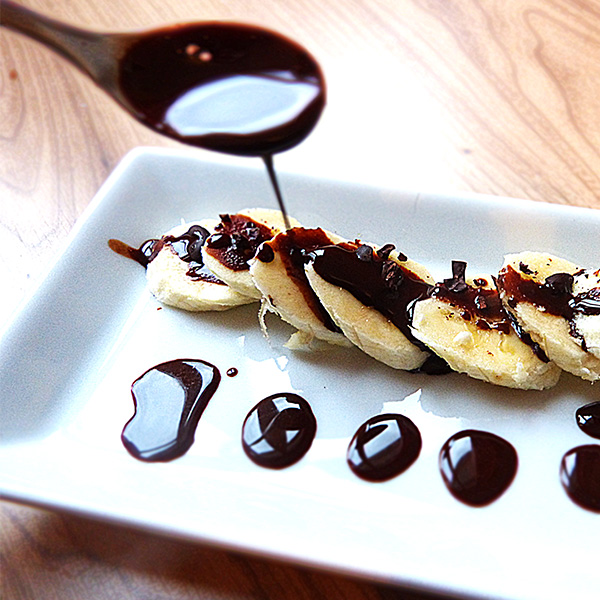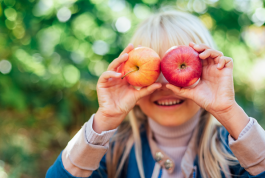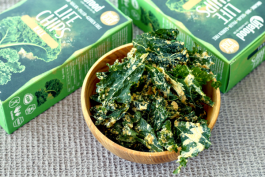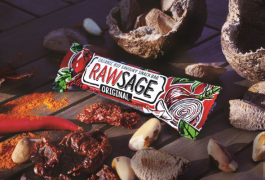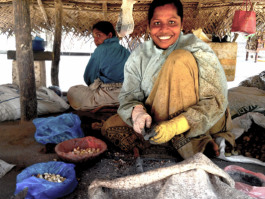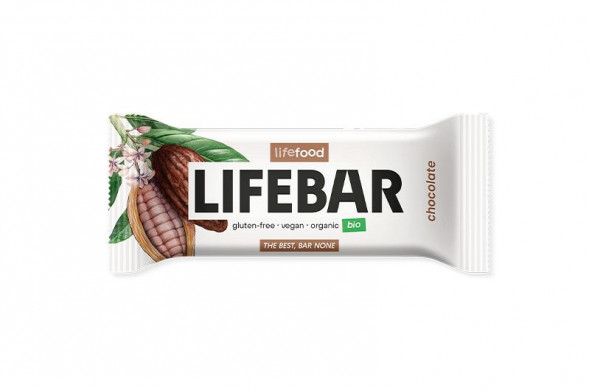Your perfect companion for cholesterol-free, fat-free and cacao-free concepts.
It's finally here: The cocoa-like, vegan and lactose-free fruit powder of the carob tree in TRUE raw food quality. Perfect for fantastic desserts, ice cream, smoothies and much more. Meet Lifefood Carob Powder!
Carob powder is the finely ground, dried fruit pulp of the carob tree pods. It is rich in nutrients, high in fiber and can be used in many ways in the raw vegan kitchen. In smoothies, desserts, pies, spreads, as bars, with cereals, and even in combination with chili, it unfolds its unique flavor.
Carob is great for spicing up any kind of nut milk. Our favorite: Carob in combination with almond milk, a little orange and cinnamon. Mmm, enjoy every moment!
Unique Carob Flavor
Carob Powder is sweet, fruity and a little caramel-like. Even though its taste has a special flavor, it is somewhat similar to the taste of cacao, but carob is just much sweeter and not as bitter as pure cacao powder. 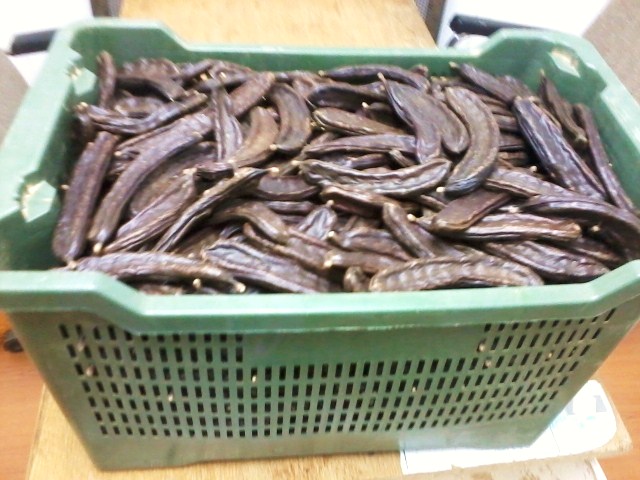
It can be excellent as a fat-free alternative used anywhere where cocoa was applied, has fewer calories and not as much sweetener needs to be used.
Carob: The Benefits of Superfoods
The carob powder is suitable for all those who want to avoid gluten, lactose, cholesterol and fat. Especially if you want to skip stimulating substances such as caffeine and theobromine, you've found the perfect ingredient in carob. While cacao powder acts as an astringent, carob promotes the natural course of digestion due to its high fiber content and pectin.
From the south of Croatia
Our farmers harvest the edible pods of the carob tree in southern Croatia. Our carob grows in the region around Vis and Mljet National Park. The evergreen, up to 20 meter high trees grow in a prime location. Even if the carob 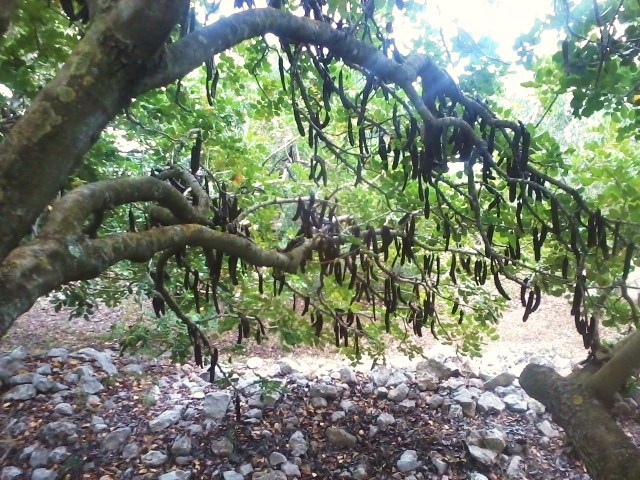 tree is easy-growing and tolerates even lime and saline soils, it is most comfortable near the coast, especially on seaward hills. Somehow we can completely relate to that...
tree is easy-growing and tolerates even lime and saline soils, it is most comfortable near the coast, especially on seaward hills. Somehow we can completely relate to that...
Did you know? The carob tree has small nitrogen fixation nodules on the roots to bind oxygen from the air. Thus, it improves the soil quality in the areas where it grows. Isn’t nature just wonderful?
The carob’s black brownish pods are harvested from August to October. After flowering, the carob fruits are green and look almost like beans. They can easily hang on the carob tree for months and so begin to dry in the sun. The drier they get, the more chocolate brown is their color. Once they reach a dark brown color they are harvested, cleaned and broken up by hand. The dried pulp can be separated and made into fine light brown carob powder.
The powder is then shipped to Prague in bags. Here we package it in 180 g jars for you and transport it to more than 18 countries, Europe wide. May we send it on its way into your kitchen as well?
How can you tell the carob powder is raw?
Most of the carob powders on the market are made from roasted carob pods. The typical appearance of such powder is dark brown (same color as cacao powder) with a specific, unique smell and flavor (nothing wrong with that one, makes lovely delicious desserts). Unfortunately, there are lot of powders labeled as raw, and they do taste and smell the same (same color, same smell and flavor). Then you know for sure that such powder is not raw, as the roasting is what creates such color and flavor. Truly raw carob powder that has not sustained any kind of roasting and toasting is very light brown-beige color (not at all like cacao powder in appearance) and its flavor is much milder, finer, and very specific. You can easily tell the difference yourself!
Show off with Carob
In ancient times, carob seeds served as a reliable counterweight to gold and precious stones. Regardless of size carob seeds always weigh 0.18 g. Hence they quickly became a universally accepted counterweight on the gold scale and the reliable unit weight "carat". Origin: the Latin term "Ceratonia" for carob tree.

